For all the historic, groundbreaking, and trend-setting watches we’ve covered in this series — and the lineages they’ve begotten — there’s a type of watch that we tend to cover less often but one that deserves no less attention. These are the pieces that are famous not for being forerunners of technical innovation or iconic design but simply look very good telling the time — the primary reason watches became desirable in the first place. For all the poetic waxing that journalists (myself included) do while discussing movements, complications, and depth-ratings, watches are, at their most basic, a form of functional jewelry. When brands embrace this fundamental truth, accepting the challenge of creating art alongside timing precision in their pieces, the watches that result offer not necessarily the “next big thing”, but something unique in their timelessness — something that can withstand the tests of decades and still maintain in their modern incarnations the same class and elegance they did on their first day of sale.
The Grand Seiko is one of these series. From its debut in 1960, the watch did not set out to be anything other than a luxury dress watch, a piece meant to showcase the artistry and sophistication of Japanese watchmaking in a Swiss-dominated industry (vintage watch pictured above, via Monochrome Watches). This first watch was simple in its design, yet unique in the market with its long, faceted lugs, “razor” hands, and a straightforward dial. It was, above all, a piece that made you excited to read the time.
Grand Seiko— now a separate entity from the Seiko Watch Corporation — released a re-creation of this original watch earlier this year, making only minimal changes to the general design scheme while adding a few new layers of modern luxury in the finishing practices and materials used.
The watch (Ref. SBGW251, SBGW252, and SBGW253) comes in a 38-mm case available in platinum, yellow gold, and steel. The case features the same long, faceted lugs as the original, with a thick, signed crown, and the trademark lion emblem at the center of its solid caseback. Notably, the steel version of the watch has an embedded 18k gold lion emblem on its caseback rather than one in the expected steel, while the gold and platinum versions use gold and platinum, respectively, for their emblems — a feature in line with the design history of the watch.
The white domed dial uses a simple and clean design, with an outer printed minute track, double bar hour markers, and an embossed Grand Seiko corporate logo towards the top of the dial. While the platinum and steel versions promote a crisp image, the gold variation has a “warmer” look, using a cream color for the dial. Toward the bottom of the dial is writing very similar to that on the original piece, with the only difference being the modern watch has 24 jewels in its movement as compared to the vintage model’s 25. Sweeping over the dial, and possibly one of the most recognizable features of any Grand Seiko, are the sharp “razor” hour and minute hands with a thin seconds hand maintaining a precise time; the steel variation is the only model with a blued steel seconds hand.
Inside the thin case is the hand-wound Grand Seiko Caliber 9S64, with a 72-hour power reserve. However, interestingly, Grand Seiko has the gold and steel versions of the piece regulated between -3 and +5 seconds a day, while the platinum version is regulated more accurately at -1 and +5 seconds day. The reason for this, the brand says, is to offer the exclusive platinum model at an even higher level of precision — yet it seems strange to be using the same movement for all the models of the watch yet have one version be slightly more accurate than the others. The watch is being priced by the brand at $30,600 for the platinum, which is limited to 136 pieces; $16,200 for the gold, limited to 353 pieces; and $5,700 for the steel version, limited to 1,960 pieces.
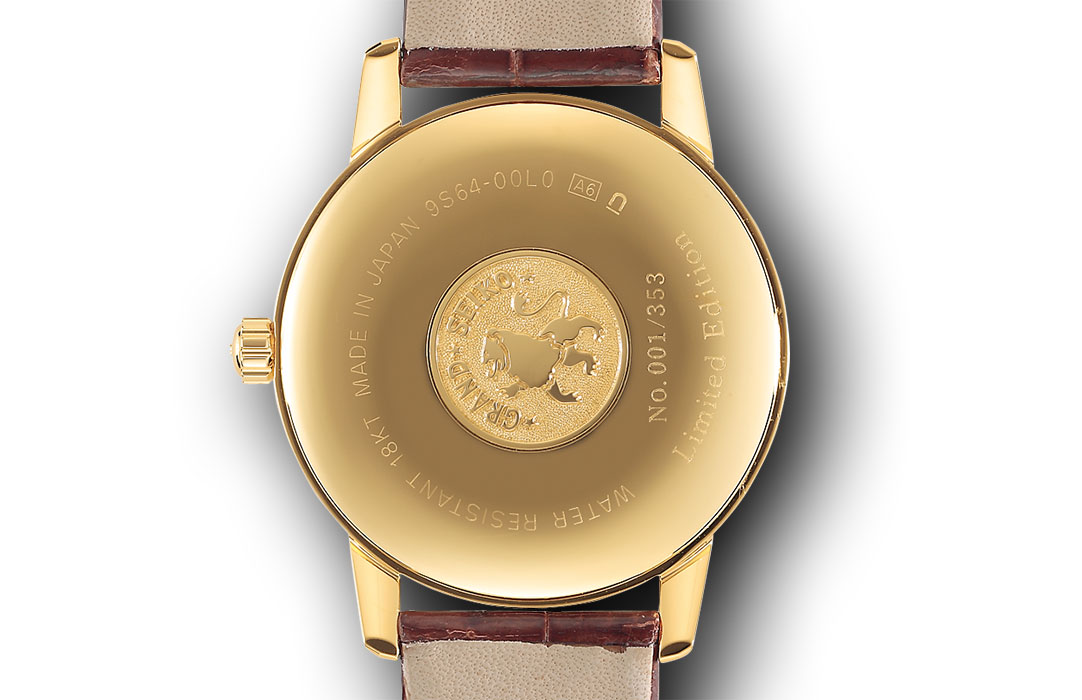
As mentioned, the modern re-creation is very similar to the original watch. With its faceted lugs, smooth bezel, double bar hour markers, hallmark hand shapes, and so much more, it’s significantly easier to point out the few differences than remark on each of the similarities. Of the “major” differences, the modern case is 38 mm in diameter compared to the vintage 36 mm, the modern crown is of a sturdier and thicker construction, and the contemporary piece lacks the vintage’s chronometer certification, and its accompanying print on the dial — a certification most now find unnecessary because of the brand’s reputation for timekeeping precision. Outside of these, the modern watch is certainly a product of more refined manufacturing and finishing practices, but this is to be expected in any re-creation. There are a few more metal-specific differences: for example, the vintage gold model used a plating technique whereas the modern piece uses solid gold for its case, and the quality of the metal in the platinum piece is supposedly of a higher grade, meant to add another layer of exclusivity to the anniversary watch.
This new watch continues what the series — now brand — has always done: providing a straightforward, tasteful, and refined luxury watch; and creating a high-quality dress piece to challenge some of the biggest names in Switzerland. And to do it, the brand faithfully turned back to its roots and found success. Seiko, specifically Grand Seiko, tends to be one of the leaders in the vintage revival market, and this new heritage piece comes as a great follow up to the first automatic Grand Seiko re-creation in the 67GS from 2015. However, now with both the original and 67GS in revived models, it will be interesting to see where the brand goes next in its expanding, but normally limited-edition, heritage collection.
For our last article in the “Vintage Eye” series in which we compare the modern TAG Heuer Autavia Heuer-02 to its historical predecessor, click here.
Caleb Anderson is a freelance writer with a primary focus on vintage watches. Since first learning about horology, he has garnered extensive knowledge in the field, and spends much of his time sharing his opinions among other writers, collectors, and dealers. Currently located near New York City, he is a persistent student in all things historical, a writer on many topics, and a casual runner.

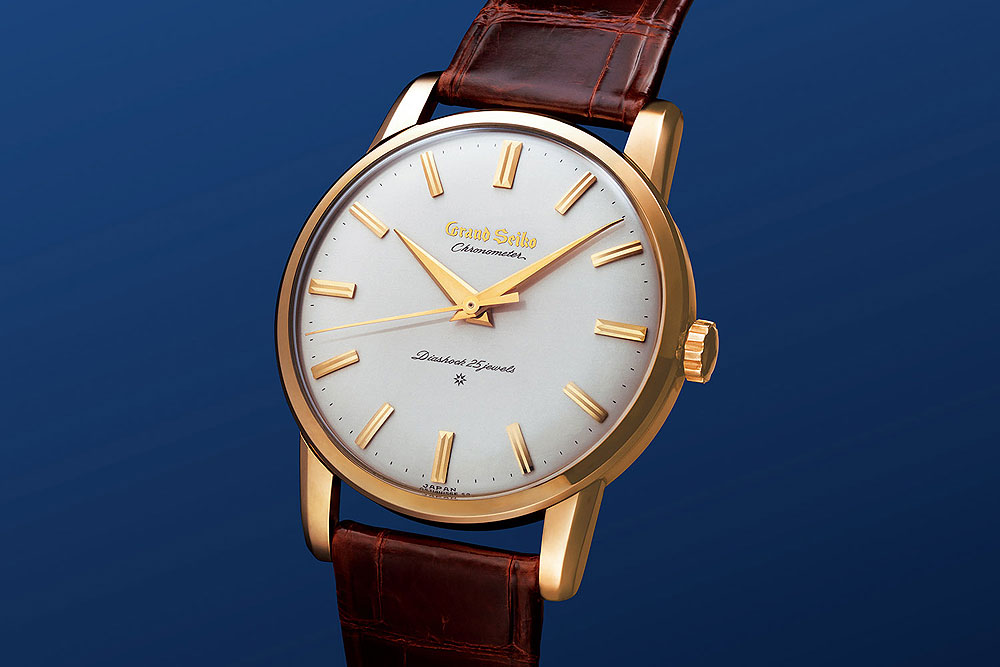
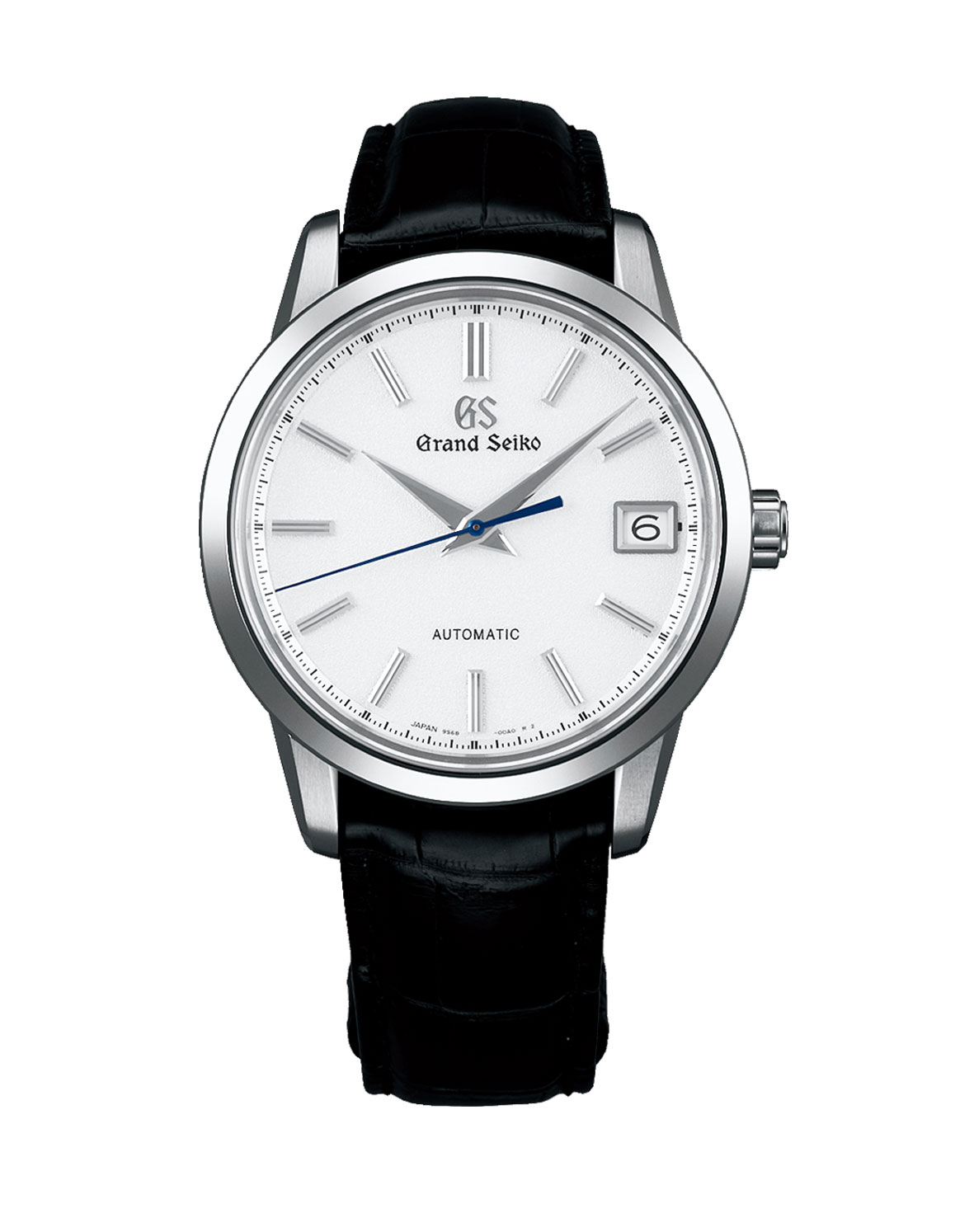
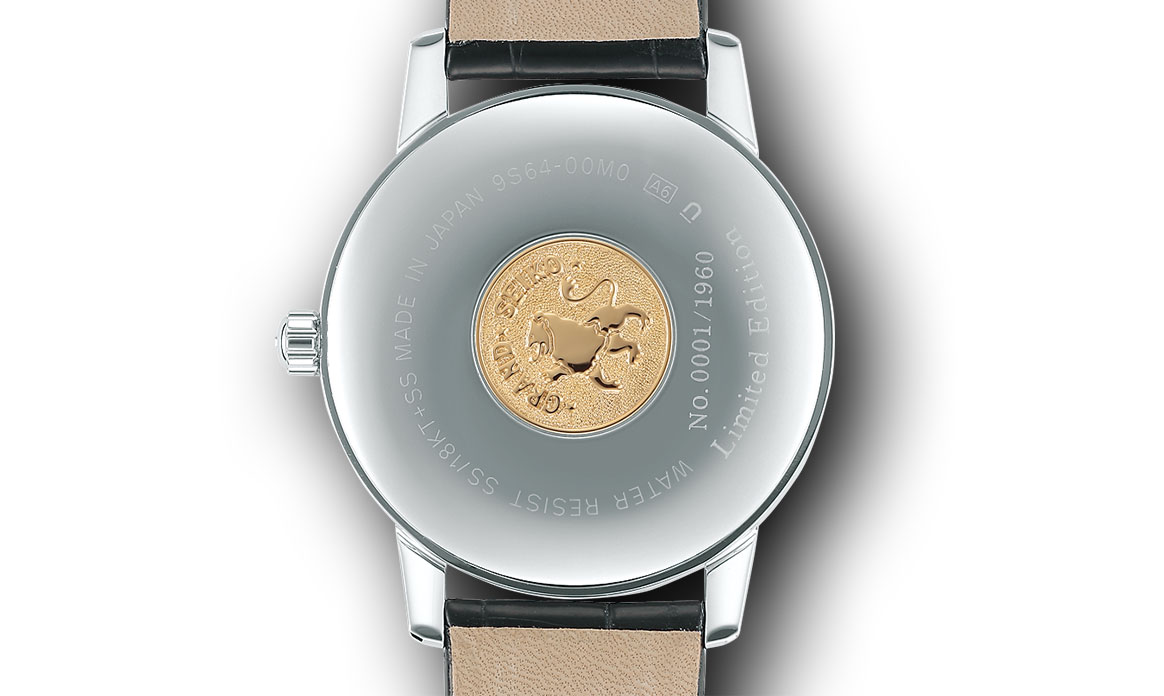
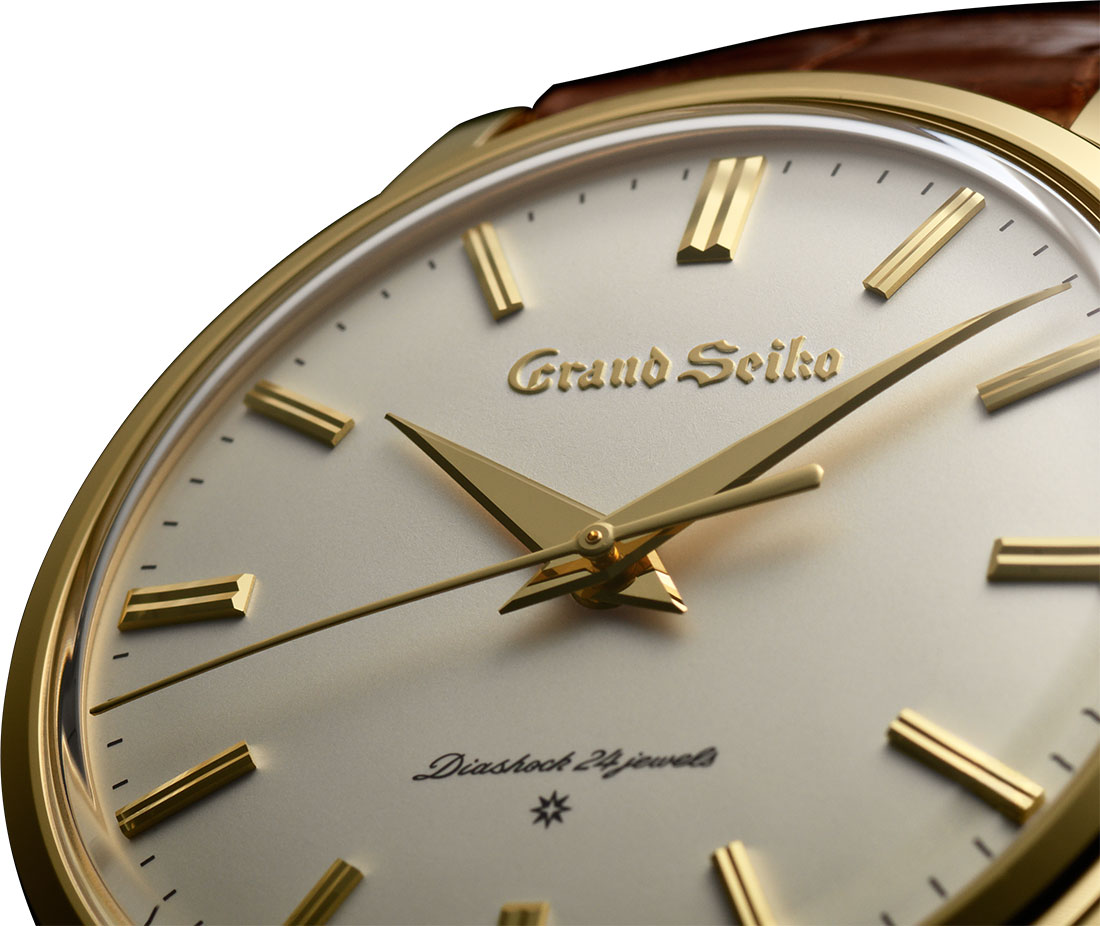
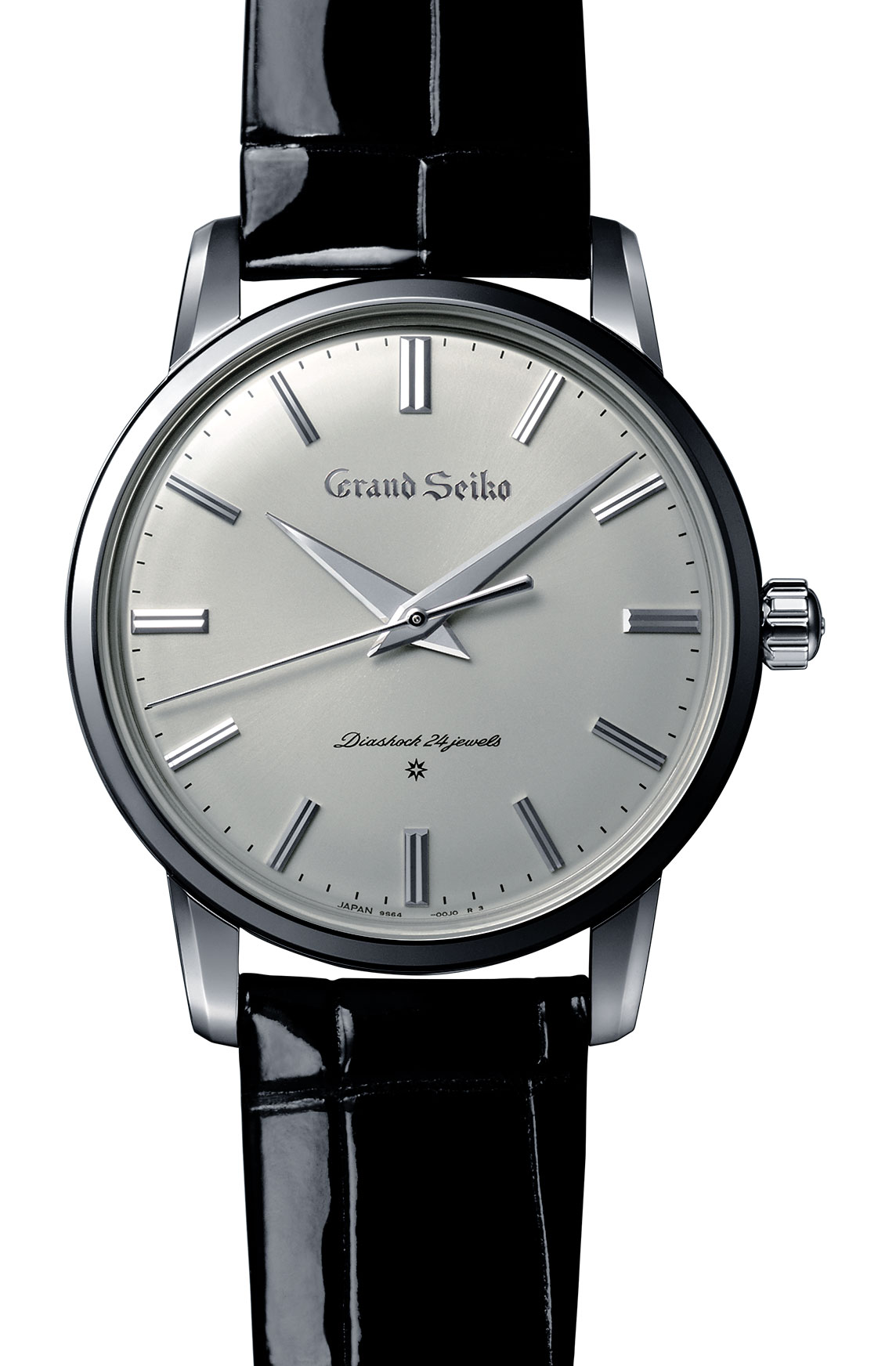
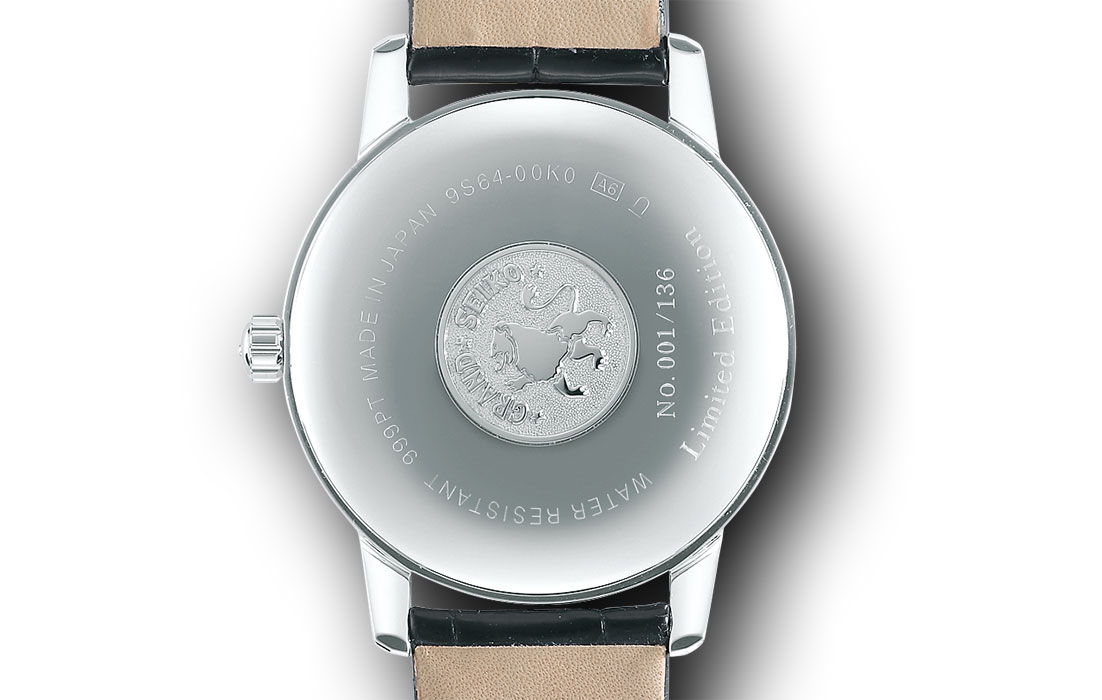

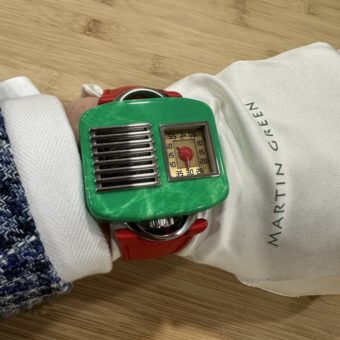
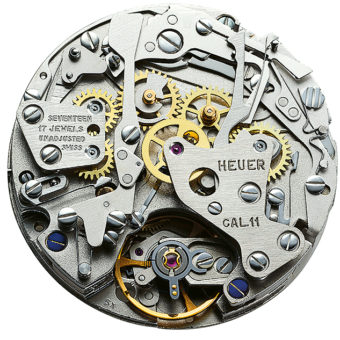

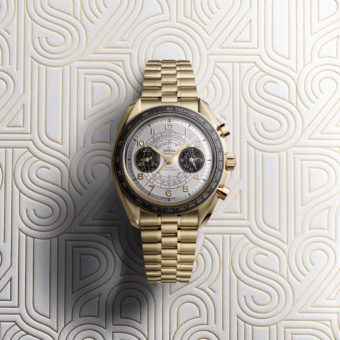
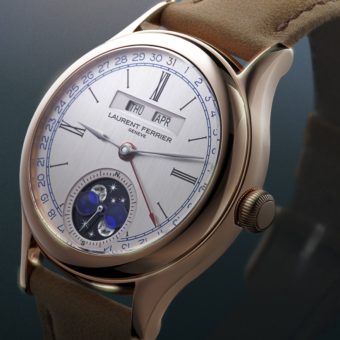
Great article!
Just a couple of minor corrections –
Firstly, and answering Steve’s earlier question, the second photo is not of the SBGW251/2/3, but of the SBGR305, which is the modern “reinterpretation” of the first Grand Seiko, as opposed to the “recreations” that this article features.
There are also a couple of typos in the final paragraph – the first automatic Grand Seiko series was the 62GS, not the 67GS.
Kind regards,
Gerald.
Is the model shown with the date part of the same series?
More expensive than an A. Lange & Söhne Saxonia… only for true Seiko fans.